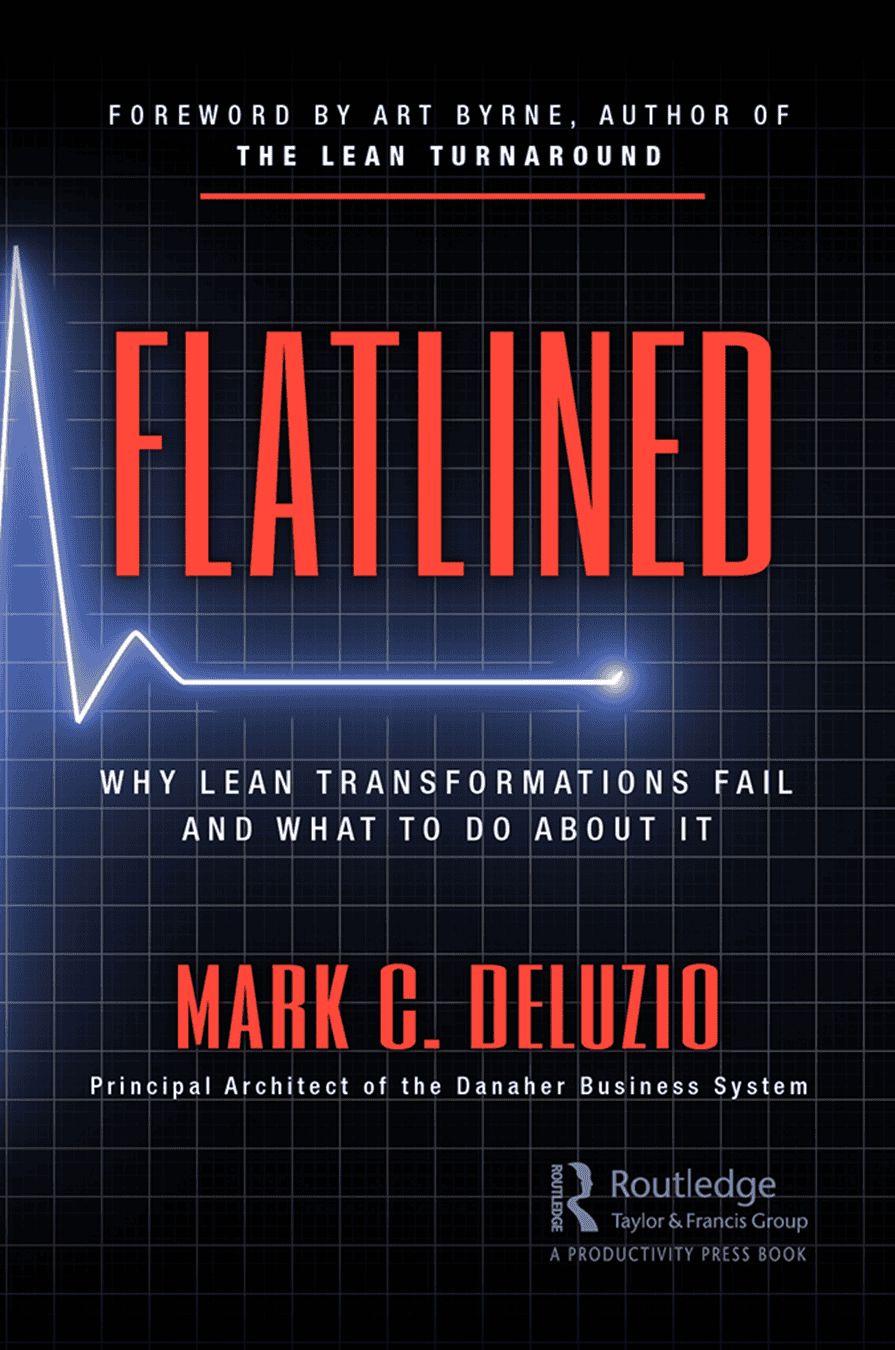Cost accounting plays an important role in business decision making and financial management. It allows management to see the costs of manufacturing products or services. However, traditional cost accounting doesn’t always give the accurate and relevant cost information that management relies on. Lean Value Stream Accounting, on the other hand, offers a more effective way to manage costs and make financial decisions. This article will compare traditional cost accounting with Lean Value Stream Accounting.
Traditional Cost Accounting Overview
Traditional cost accounting’s main objective is to provide accurate costing information for products or services. However, traditional cost accounting operates on flawed assumptions, such as the arbitrary allocation of overhead costs to products and services, and misleading variance analysis.
To illustrate, let’s consider a manufacturing company that produces furniture. Traditional cost accounting may allocate all overhead costs, such as rent for the factory space, on an arbitrary allocation basis, such as direct labor hours to each product. However, suppose one product requires more floor space. In that case, allocating overhead costs based on a measurement like direct labor hours may not accurately represent the actual costs incurred by each product. This inaccurate and arbitrary allocation also drives the wrong behaviors and provides no incentive to reduce floor space.
Traditional standard cost practices have two primary flaws. It promotes anti-Lean behaviors and produces inaccurate product costs.
Promoting Anti-Lean Behaviors
Traditional cost accounting often encourages batch production methods, where large quantities of products are produced in batches to minimize the number of changeovers (set-ups), and the optimization of absorption variances. Batch production leads to an accumulation of inventory, longer lead times, higher exposure to quality write-offs, and increased product handling. When a company utilizes batch production, it violates the Just-In-Time principle.
Standard costs are a staple in traditional cost accounting. These standard costs can encourage behaviors such as purchasing unnecessary raw materials in bulk when you know that a supplier will be increasing their price or taking advantage of quantity discounts, all to drive favorable purchase price variances to the standard. While paying less for those raw materials may sound like a good thing in the short term, this violates the Just-In-Time principle. Think about how much waste there would be if the raw material were damaged while waiting to be used, if it got stolen, if the company decided they were going to use a different material due to design changes, or if the company decided it was going to stop making the product that required that material in the first place. Tying up cash in inventory also radically impacts the profit and loss statement as the carrying costs of inventory typically range from 15-25% of inventory value.
Excessive inventory accumulation under absorption accounting distorts profitability by capitalizing a significant portion of fixed overhead costs into inventory valuations. This practice leads to artificially lower cost of goods sold (COGS) and higher reported profits on the income statement. However, it can mask operational inefficiencies and hinder effective decision-making.
Inaccurate Product Costs
As discussed above, traditional cost accounting operates on flawed assumptions, which do not provide a clear picture of the actual costs associated with manufacturing a product. This lack of visibility into the actual costs can hurt efforts to identify and eliminate waste in the production process and provide management with an inaccurate picture of the actual costs of manufacturing products.
Overhead costs, both fixed and variable, distort product costs when allocated on an arbitrary basis.
Lean Value Stream Accounting Principles
Lean Value Stream Accounting is an approach that aligns with Lean manufacturing principles. It focuses on eliminating waste, improving efficiency, and providing more accurate cost information for decision-making and continuous improvement. Implementing Lean Value Stream Accounting practices is contingent upon the successful implementation of Lean initiatives within the operations of a business. It ensures that financial practices mirror and support the Lean principles driving overall organizational efficiency.
It is important to realize that this approach cannot be done unilaterally. We once refused to work with a CFO who wanted to institute Lean Value Stream Accounting, however, his company did not convert from their traditional batch & queue method of operation.
Lean Value Stream Accounting directly assigns costs instead of allocating costs based on predetermined rates. This approach more accurately represents costs, helps identify areas of waste and inefficiency, and gives a more accurate cost picture. Value stream managers have a clear and accurate picture of how to manage their operations.
Let’s imagine a traditional manufacturing company that allocates fixed overhead costs, like building depreciation, based on arbitrary methodologies such as direct labor hours. However, Lean Value Stream Accounting and value stream costing would assign costs at the value stream level. In this example, building depreciation might get expensed to each value stream based on the floor space that the value stream uses. This provides incentives for value stream leaders to continue to reduce their floor space footprint.
Lean Value Stream Accounting also emphasizes eliminating waste and non-value-added activities. By identifying and eliminating waste, such as excess inventory or inefficient processes, Lean Value Stream Accounting helps businesses improve their efficiency and reduce costs by driving the correct behavior.
Comparison: Traditional Cost Accounting vs. Lean Value Stream Accounting
Let’s compare traditional cost accounting with Lean Value Stream Accounting in a hospital environment.
Consider a hospital adopting Lean Value Stream Accounting principles. Traditional cost accounting arbitrarily allocates costs to various departments based on predetermined rates without considering the efficiency and waste within each department. In contrast, Lean Value Stream Accounting would analyze the equipment, labor, supplies, and other costs within each value stream, identify areas of waste, and encourage behaviors that work towards eliminating them.
Imagine a hospital’s Intensive Care Unit (ICU) (a value stream) with five defibrillator units. This particular ICU has six beds and has only ever used two defibrillators simultaneously. With traditional cost accounting, there isn’t a “penalty” for them to hang on to the extra defibrillators since their cost is not readily visible and is spread evenly throughout the hospital. The emergency room, maternity department, cardiac care, etc., all incur a small part of the cost of those defibrillators. Additionally, when one of those departments needs a new defibrillator, they purchase a new one, adding additional costs to the hospital’s bottom line. With Lean Value Stream Accounting, 100% of the costs of those defibrillators get charged to the ICU. This allocation would encourage the behavior that would make them realize they don’t need five defibrillators. They then could move the excess units to a central area where other departments could acquire needed equipment without forcing the hospital to incur additional costs. By doing so, the hospital can enhance the efficiency of its operations, reduce costs, and provide better value to its patients.
To illustrate the difference between traditional cost accounting and Lean Value Stream Accounting, let’s examine the building depreciation example in a manufacturing environment discussed earlier.
- Annual building depreciation expense: $250,000
- For illustrative purposes, assume the building is 100% dedicated to manufacturing.
- Building square footage: 100,000 sq ft.
- Product lines/value streams: 3
| Value Stream | DL Hours | Depreciation Expense Based on DL Hours | Square Feet | Depreciation Expense Based on Square Feet | Depreciation Expense Based on DL Hours |
| VS 1 | 100,000 | $83,333 | 40,000 | $100,000 | +20% |
| VS 2 | 140,000 | $116,667 | 30,000 | $75,000 | -36% |
| VS 3 | 60,000 | $50,000 | 30,000 | $75,000 | +50% |
| Total | 300,000 | $250,000 | 100,000 | $250,000 | – |
As you can see, there is a drastic difference between the two cost allocation methods. This example is simple, and of course, there are many other costs involved in manufacturing a product, but the same principles apply to all the costs involved. Lean Value Stream Accounting encourages value stream managers to utilize the least amount of floor space and other resources possible, provides a more accurate view of the costs associated with each product, and enables better decision-making.
To illustrate, let’s consider a software development company. Traditional cost accounting may arbitrarily allocate costs to different software products based on predetermined overhead rates. However, this approach may not accurately reflect the costs associated with each product, as it does not consider the specific resources and effort required for development. In contrast, Lean Value Stream Accounting, focusing on value stream costing, would directly charge costs based on the actual costs incurred at each stage of the software development process. This direct charge method would provide a more accurate view of the costs associated with each product and enable the company to make informed decisions regarding resource allocation and product pricing.
Another aspect to consider is the flexibility and adaptability of Lean Value Stream Accounting in accommodating changes in production processes and customer demands. Lean Value Stream Accounting is designed to be flexible and responsive to changes, allowing businesses to adjust their cost management practices according to evolving requirements. This flexibility is crucial in today’s dynamic business environment, where companies must remain adaptive to market conditions and customer demands.
What About Lean Accounting?
Lean Accounting is the overall category of practices that apply Lean principles to the accounting process. Lean Accounting includes several categories that help companies improve their accounting and operational efficiency.
Taking waste out of the accounting process will allow accountants to transition from historian to navigator.
- Lean Value Stream Accounting – previously discussed in this blog post, and includes:
- Value Stream Costing
- Direct/Indirect Labor Cost Allocation
- Material & Supply Chain Cost Allocation
- Equipment, Facility, and Depreciation Allocation
- Fixed/Variable Overhead Cost Allocation
- Financial/Managerial Reporting (Internal)
- Value Stream Financials (Balance Sheet, P&L, Cash Flows)
- Management Reporting
- Value Stream KPIs (SQDC)
- Lean Financial Operations
- Financial Reporting (Corporate/External)
- Example: Providing real-time financial data to management. Accountants need to become navigators instead of historians.
- Transaction Processing (A/R, A/P, Payroll, Expense Reporting, etc.)
- Example: Improving the efficiency of processing invoices to be paid and ensuring they are correct before processing payments.
- Financial Planning and Analysis (FP&A – Budgeting, Forecasting, etc.)
- Example: Utilizing a rolling forecast approach, which considers shifts in market conditions or changes in business strategy. Incremental changes eliminate the need for large-scale and time-consuming annual budgeting practices.
- Financial Controls
- Example: Ensuring the correct financial controls are in place to prevent errors or individuals with malicious intent from harming the company’s interests.
- Compliance Management
- Example: Implementing procedures to ensure your company complies with government regulations and other applicable laws.
- Financial Reporting (Corporate/External)
- Value Stream Costing
Conclusion
Traditional cost accounting has limitations in providing accurate and relevant cost information, which can hinder process improvement efforts—in contrast, Lean Value Stream Accounting offers a more effective cost-management and decision-making approach. Lean Value Stream Accounting drives the right lean behaviors and enables continuous improvement by focusing on waste elimination, using value stream costing, and emphasizing performance measures. The flexibility and adaptability of Lean Value Stream Accounting make it well-suited for today’s dynamic business environment. Therefore, businesses should consider implementing Lean Value Stream Accounting to improve cost accuracy, enhance decision-making processes, and align with modern manufacturing practices.
Many Lean initiatives have been terminated by utilizing traditional cost accounting methodologies due to the inaccuracies mentioned above. Don’t let this happen to your Lean transformation! Contact our team to learn more about how Lean Value Stream Accounting may be utilized in your organization.

